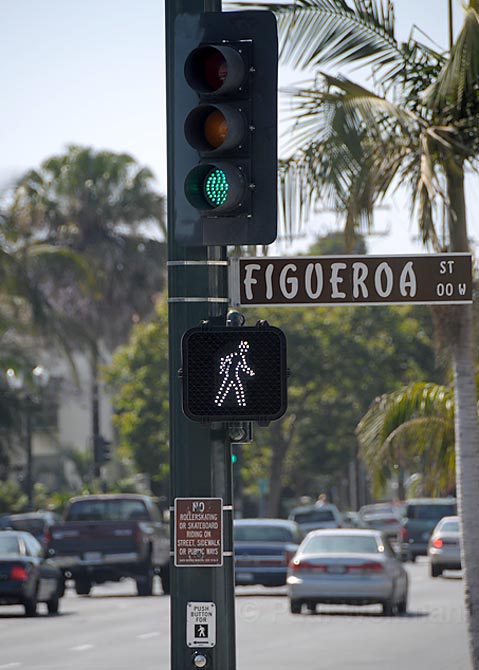A City’s Carbon Footprint
Signal Synchronization Makes a Big Difference
Here is one way a city can lower its carbon footprint, save money, increase efficiency in many of its operations, and decrease traffic congestion. It will also allow its car-driving citizens to lower their carbon footprints, save money, increase their efficiency, save time, and ease up on commuter stresses.

It’s traffic signal timing. Think of one stoplight that has kept you sitting there for what seemed like a minute, no cars in sight, and multiply by a couple of hundred thousand, and you can begin to understand why the United States scored a D on its own national traffic signal report card. Idling cars – whether in traffic or not – burn fuel, increasing stresses on the infrastructure, the environment, and us.
Austin got an A. Their signal synchronization program resulted in 1.29 million gallons of gas saved in a year (3.5% less fuel used), close to a 10% REDUCTION IN AVERAGE TRAVEL TIME for its citizens, and 28% fewer stops per intersection! Portland’s drivers are saving closer to two million gallons per year, due to the city’s signal optimization work.
Perhaps the only thing better than a well-timed traffic signal (if one must drive) is no signal. Roundabouts are highly effective people movers, that is as long as the drivers’ brains are functioning.



